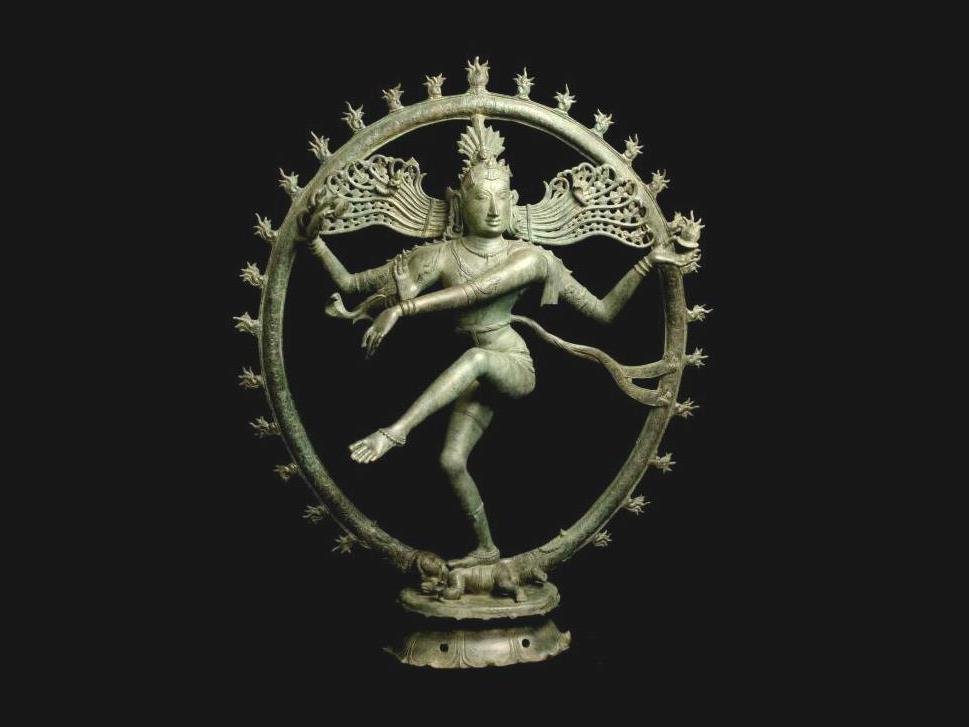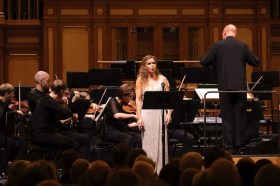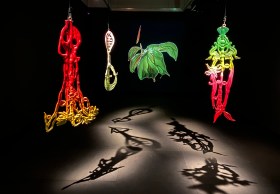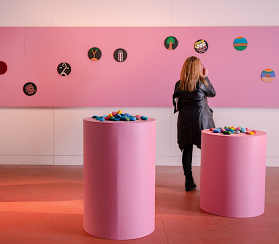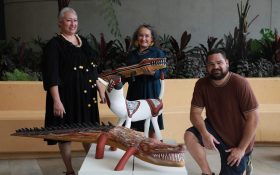NGA’s 11thcentury bronze sculpture of Shiva as Lord of the Dance [Shiva Nataraja] confirmed illegally exported.
On 5 December 2013, as Australia shut down for Christmas, the National Gallery of Australia (NGA) posted a statement on its website acknowledging that the Chola-period Shiva Nataraja is among items alleged to have been illegally exported from India.
The gallery bought the 11th century bronze sculpture of Shiva as Lord of the Dance [Shiva Nataraja] in 2008 from the New York dealer Mr Subhash Kapoor. It says it was not aware that the work was alleged stolen or illegally exported from India until July 2012 and as recently as 6 November the NGA remained in denial declaring, ‘The National Gallery of Australia believes there is yet to emerge any conclusive evidence to demonstrate that the 11th-12th century bronze sculpture of Shiva as Lord of the Dance [Shiva Nataraja] in its collection was stolen or illegally exported from India.’
But with the charging of Kapoor’s office manager, Aaron M. Freedman on 5 December, the NGA could no longer doubt that its $5.1million statue was among the stolen antiquities with falsified documentation.
The NGA’s short statement said that it would ‘commence legal proceedings’ against the disgraced Kapoor, however it is highly doubtful the gallery will be compensated.
At the time of publishing this statement, the object was still on display in the NGA’s Indian Gallery and NGA Director Ron Radford, has confirmed that the work will remain on display until its return to India.
The NGA purchased 21 works from Kapoor’s gallery Art of the Past between 2002 and 2011, said to have totalled around $11 million. The Art Gallery of New South Wales also bought four items from Kapoor.But the spotlight is on the Shiva, not only because of the nature of the work but also because the Gallery has been so quiet about the situation, reverting to web statements. Obviously this is a legal and diplomatic minefield. An NGA spokesperson confirmed the gallery has been in conversation with the Indian High Commission since July 2012.
What Next?
Under terms of UNESCO’s Movable Cultural Heritage Treaty, to which both Australia and India are signatories, the object must be returned, however it is India that must make the formal request.
The NGA stated on 5 December 2013 that Director Ron Radford had been in contact with the Indian High Commission to ‘discuss avenues for restitution’.
What remains the big question is at whose cost? Taxpayers who have already coughed up $5 million for the Shiva will also have to foot the bill for its return.
Since the Gallery’s 5 December statement coinciding with charges laid on Freedman, Kapoor’s sister Sushma Sareen has subsequently been charged, and his girlfriend Selina Mohamed have also been charged, on 20 December by Manhattan District Attorney’s Office.
The whistle blowing blog chasingaphrodite.com reported this week, that among the criminal complaints bought forward on 20 December was the new allegation: “A 10th–11th century sculpture of Lakshmi Narayana from northern India, now at the National Gallery of Australia. The NGA bought it from Kapoor in 2006 for $375,000, records show.”
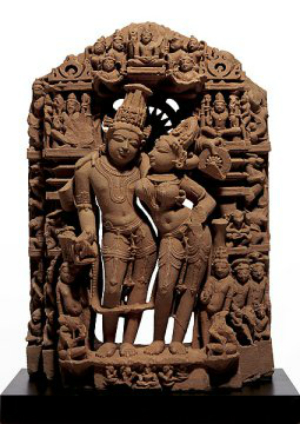
New object identified as also illegally exported by chasingaphrodite.com from 20 December trial.
The NGA is yet to provide an updated statement on this recent allegation.
Almost a year ago to the day, U.S. Federal authorities announced they had seized an estimated $100 million worth of antiquities linked to Subhash Kapoor conducted during raids in 2012, stating at the time ‘In our view, Mr Kapoor is one of the most prolific commodities smugglers in the world.’
Kapoor was arrested in Germany two years ago and extradited to India where he is being held.
The National Gallery of Australia’s 5 December 2013 Statement reads (in full):
The National Gallery of Australia is aware that Aaron M Freedman – office manager for Subhash Kapoor’s Art of the Past art dealership in New York – has pleaded guilty to six counts of criminal possession of stolen property in the New York Supreme Court. The NGA’s Chola-period Shiva Nataraja is among the items listed as being illegally exported from India.
This information represents a significant and concrete development in the available information regarding the Kapoor case. The Gallery has instructed its American attorneys to commence legal proceedings against Subhash Kapoor in accordance with the provisions of our acquisition agreement.
NGA Director Ron Radford has already contacted the Indian High Commission to discuss avenues for restitution: the Gallery has been in close contact with the High Commissioner on this issue since July 2012 before the story was first reported in the media the following month.
Excerpts from the National Gallery of Australia’s 13 June 2013 Statement reveals:
The National Gallery of Australia owns 21 works of art from Art of the Past collected between 2002 and 2011:
13 sculptures (2 of which are in 2 parts) from South Asia
1 sculpture from Southeast Asia
1 painting
6 photographs
These acquisitions have been funded through a combination of Government allocation and private donations.
[The statement continues:]
The Gallery exercised probity and due diligence in relation to this acquisition to ensure the sculpture was genuine, that it was out of India before the required dates and that to the best of our knowledge at the time, it was not believed nor alleged to have been stolen. Our checking processes at the time, before purchase, included:
- the receipt of a certificate from the international Art Loss Register
- receiving and checking letters from the previous owner, including checking that the address of the former owner was legitimate
- consulting the Tamil Nadu Police website for stolen objects
- liaising with a Chola bronze expert in India, who was supportive of the acquisition
- checking the extensive records produced by the Archaeological Survey of India.
Such extensive searching found no indications that the object was of concern or that its acquisition did not conform with accepted legal or ethical standards.
The Idol Wing of the Economic Offences Wing, Tamil Nadu Police Department traces stolen antiquities. In August 2008 (some months after the Gallery acquired the work) local police in India noted a large bronze Shiva as missing from a disused temple in Sripuranthan village in Ariyalur district in Tamil Nadu. It was not until 25 March 2009, that Idol Wing posted any information on this incident.
To read NGAs full statements on the case visit their media web portal.
